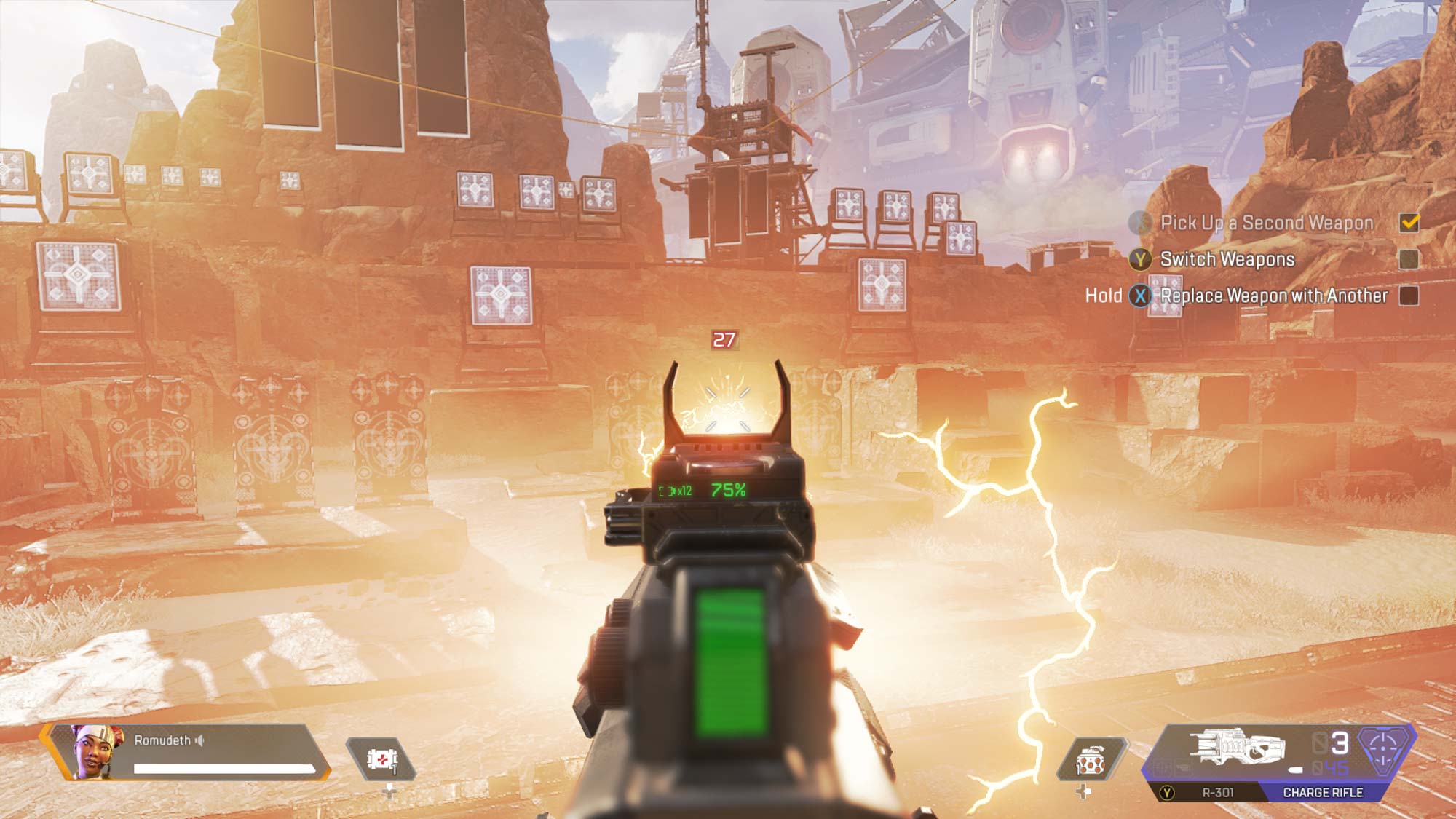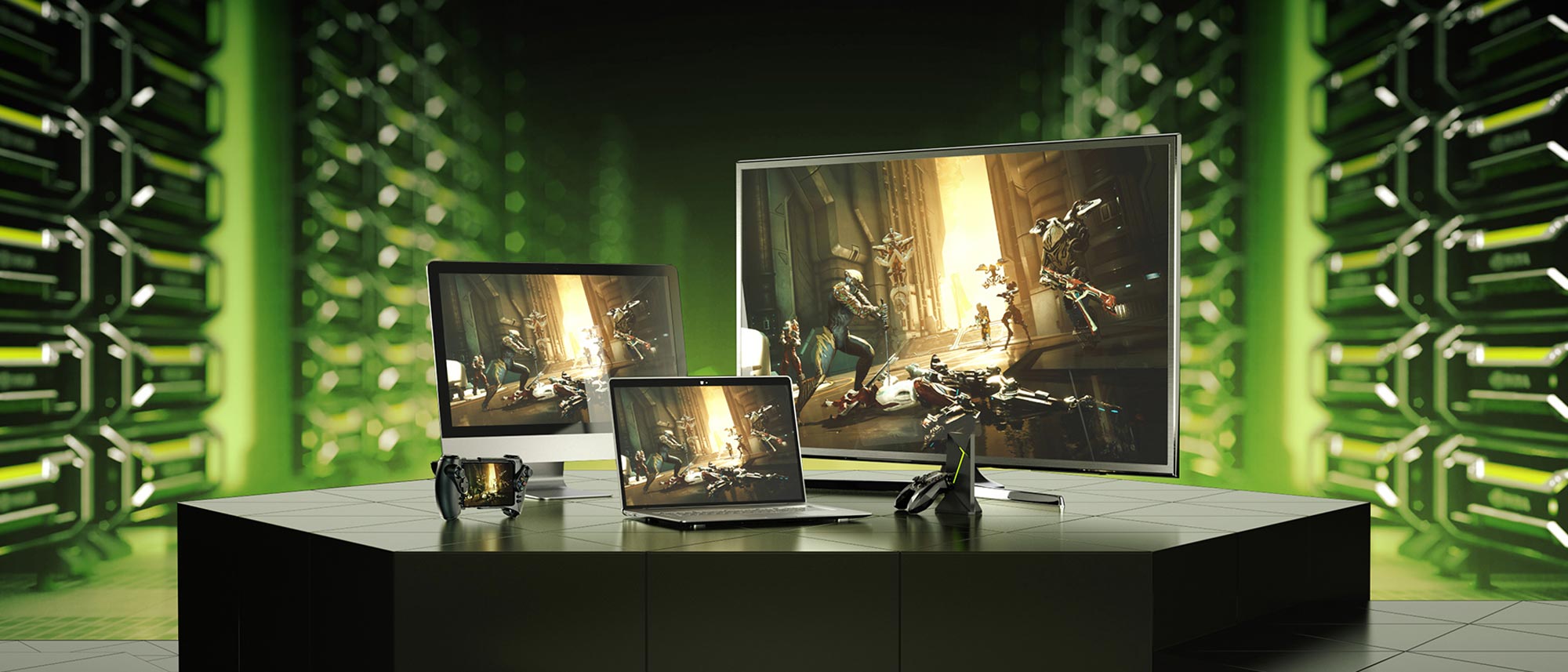Laptop Mag Verdict
GeForce Now is a promising cloud gaming platform with access to many libraries but some AAA titles are missing.
Pros
- +
Access to PC gaming libraries
- +
Affordable price
- +
Imperceptible input lag
Cons
- -
Clunky library integration
- -
Lack of support from notable AAA publishers
Why you can trust Laptop Mag
Nvidia’s GeForce Now is one of the many recently launched game streaming services. What distinguishes GeForce Now from Google Stadia and Project xCloud is that it has no game library of its own. Instead, it lets users stream titles they’ve purchased from digital storefronts like Steam, UPlay, EA Origin, and the Epic Game Store. Although missing titles from big-name publishers like Activision and Bethesda, GeForce Now still has hundreds of compatible games. While not perfect, GeForce Now is one of the best game streaming services out there.
Nvidia GeForce Now pricing and tiers
GeForce Now has two membership tiers: Free and Founders. The Free tier costs nothing, but only lets users play games for an hour at a time. Because "free users" only have “standard access,” they may have to wait longer in the queue if servers become overly full. The free tier also doesn’t enable RTX ray tracing.

The Founders tier costs $4.99 per month (with a free 90-day trial period) and gives subscribers “Priority Access.” This means four hours of play at a time and the ability to enable ray tracing. Note, the $4.99 price lasts for 12 months. At the time of this writing, we do not know what the standard price will be after the 12-month period.
Nvidia GeForce Now compatibility
You can use GeForce Now on your PC, Mac, Android device, or with the Nvidia Shield TV. Unlike Google Stadia, you don’t use a web browser like Google Chrome to play. Instead, you’ll need to install the GeForce Now client on the device you wish to play on.
The client’s UI is similar to what you’ve seen from Steam and the Epic Games Store. It isn’t as streamlined as Google Stadia’s UI, but it’s not a cluttered mess either. You can’t scan your Steam, Origin, or UPlay libraries for compatible games. Instead, you’ll have to search for titles individually through the search bar.
Nvidia GeForce Now games
Things get a bit trickier once you’ve found a compatible game. Since GeForce Now taps into your existing game libraries, you’ll have to log into those respective services first. For example, if you select a game from Steam, you’ll have to log into Steam and connect it with GeForce Now. Furthermore, you’ll also have to input a game’s product key. Basically, you’ll need to have your emails, passwords, and product keys at the ready to set up each individual game. Thankfully, you only need to do this once per game. You’ll still have to log into the storefronts to launch games but without the hassle of passwords and such.

You cannot play every single title in your respective collections. There are only a handful of games compatible with GeForce Now. Granted, it’s a big handful, but you’ll only have access to a fraction of your collection. To make things worse, major publishers like Activision, Square-Enix, Konami, and Bethesda pulled their titles off GeForce Now shortly before and after its launch. If you want to play Call of Duty: Modern Warfare, Final Fantasy XV, Metal Gear Solid V, or Doom Eternal on GeForce Now, you’re out of luck.
Nvidia GeForce Now connectivity
You’ll need a 15Mbps connection to play games at 720p/60fps. If you want to play at 1080p/60fps, you’ll need a 25Mbps connection. The client settings allow you to select from a number of streaming quality options.

Balanced takes full advantage of available bandwidth to deliver the best image quality and gameplay. Data Saver minimizes the amount of data used but still delivers good image quality and gameplay. Competitive prioritizes minimizing input latency but at the expense of resolution. You can also manually change the bit rate, resolution, frame rate, and adjust for poor network connections.
Nvidia GeForce Now performance
Latency and input lag can kill any streaming service and is the sole reason some gamers balk at the idea of streaming games. During my tests, I experienced no noticeable input lag or latency. Games like Assassin’s Creed II from Steam, Apex Legends from EA Origin, Dauntless from the Epic Games Store, and Watch Dogs 2 from UPlay ran as if I was playing them locally from my PC. The games looked great and played smoothly. Of course, this is because of my speedy Verizon Fios internet. Others who may live in parts of the country with spotty internet may not get the same results. With that said, if your internet connection is solid, you’re going to have no issues playing games on GeForce Now.

Although not overtly advertised as such, GeForce Now is most useful for players who do a lot of traveling. If you have access to your PC, there’s no point in streaming games you can play locally on your computer. But if you’re on the road and have a gaming laptop, the Nvidia Shield, or an Android device, you can get good mileage out of GeForce Now (pun intended). The obvious drawback is that you may experience poor gaming sessions in areas with questionable internet and Wi-Fi. With optimal conditions, GeForce Now is a wonderful alternative to the Nintendo Switch.
Bottom line
Although it lacks the ease of use of Google Stadia or the robust gaming library of Project xCloud, GeForce Now is a fantastic game streaming service. The ability to access a sizable portion of one’s gaming library from anywhere is a huge selling point, as is the nearly nonexistent input lag and latency (with a strong internet connection). Should publishers like Activision and Square-Enix ever decide to make their games compatible with it, GeForce Now will become the absolute best game streaming service on the market. But in its current form, GeForce Now is well worth it for those who want to play PC games on the go.

